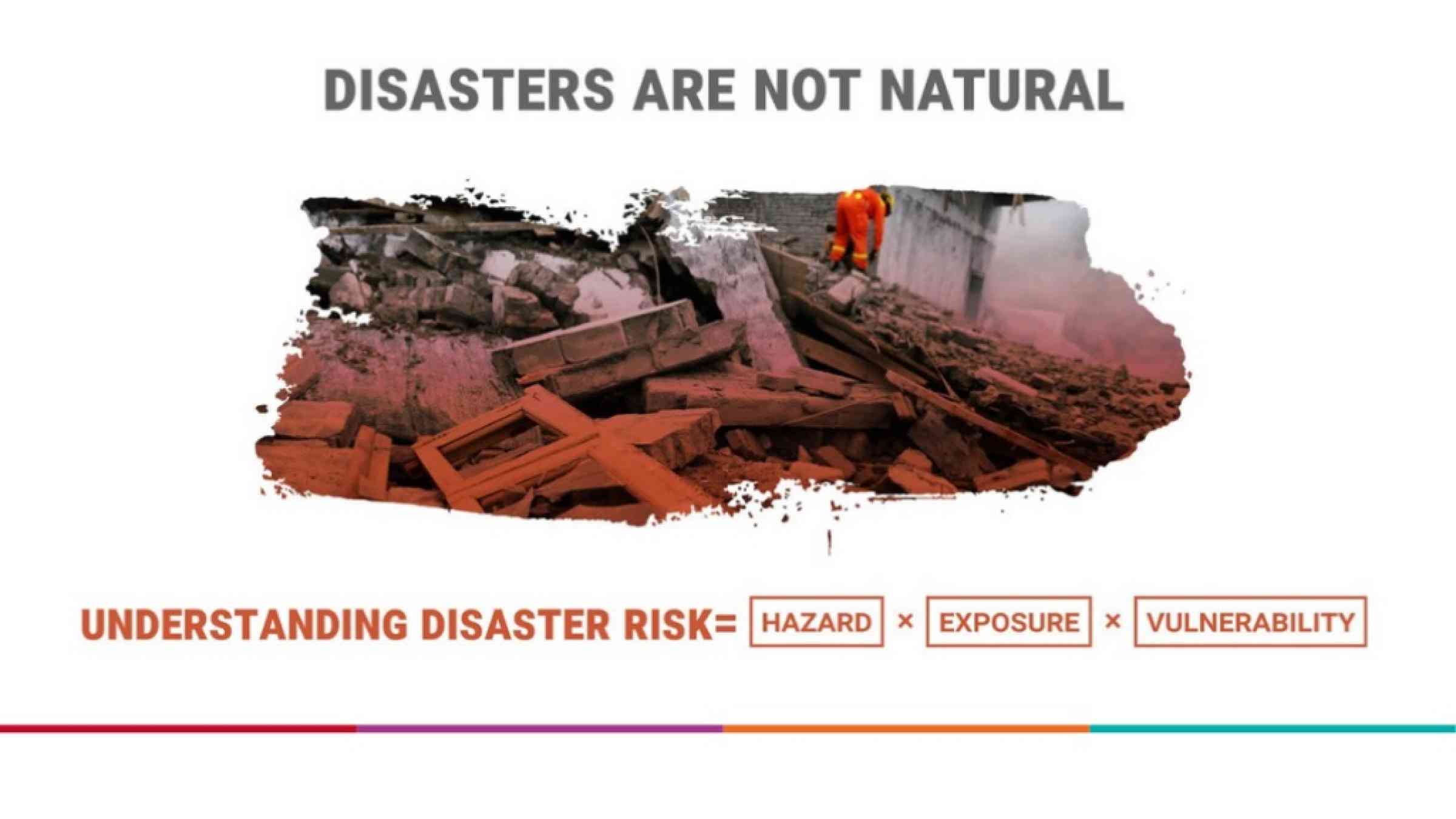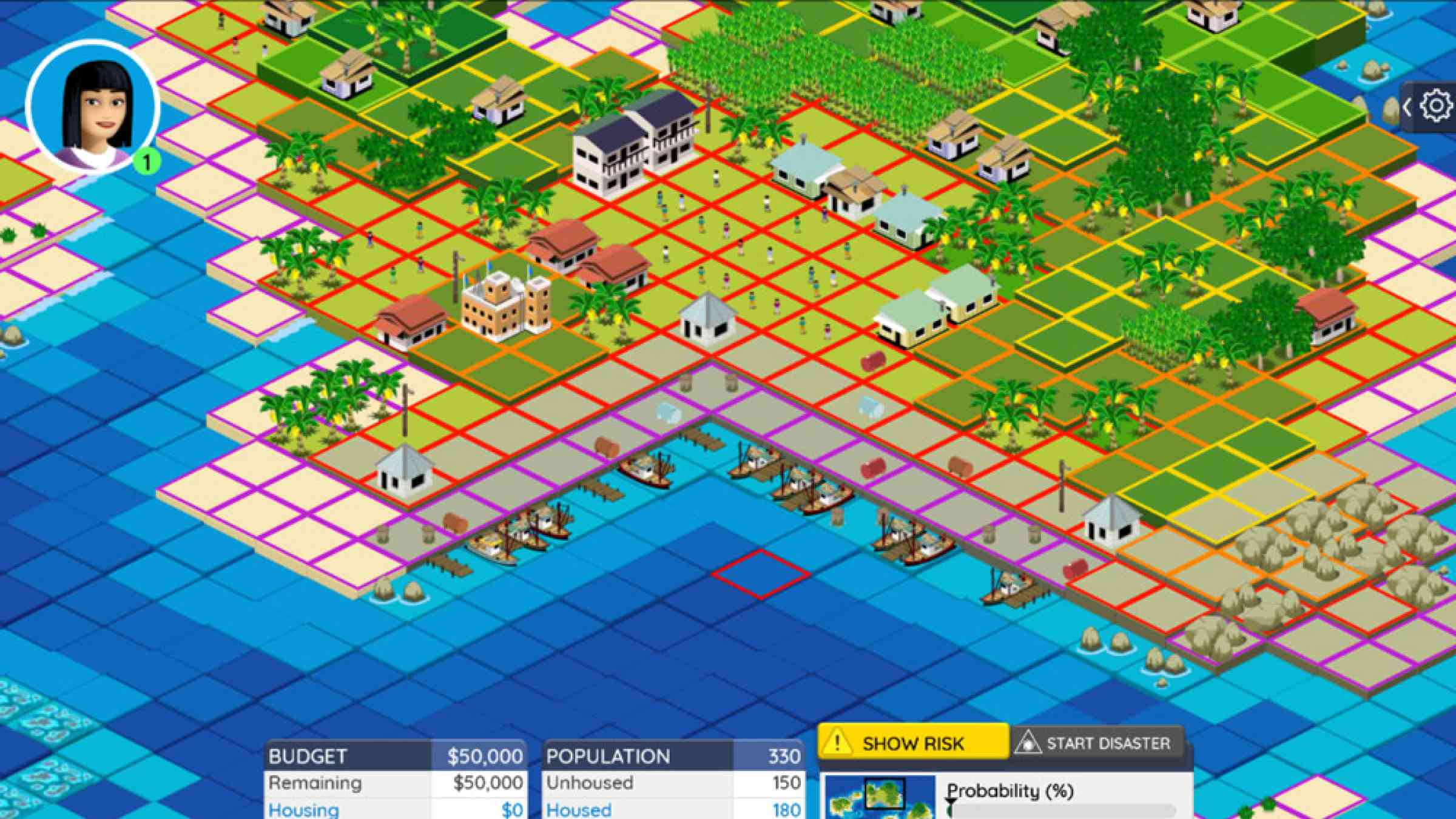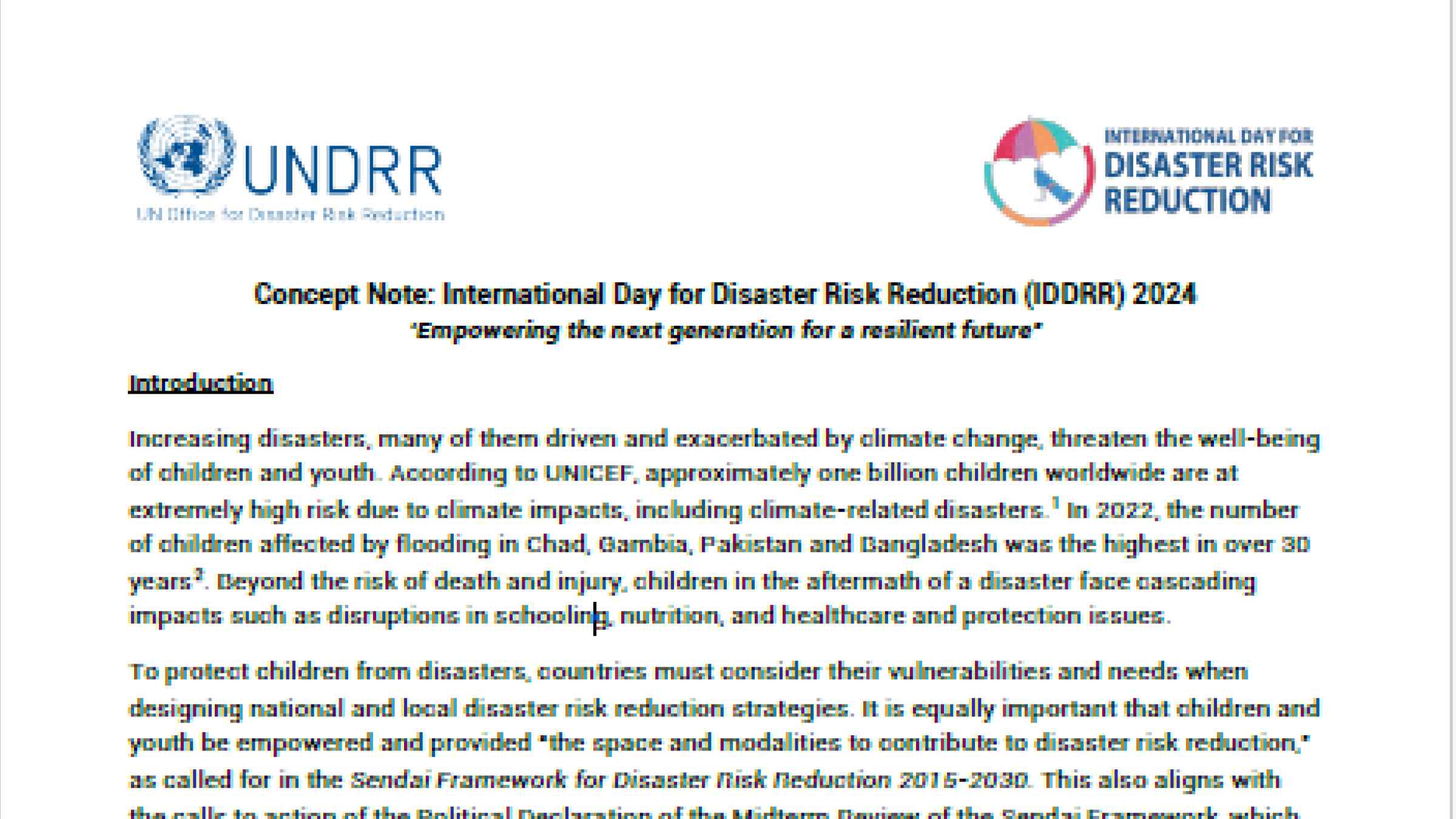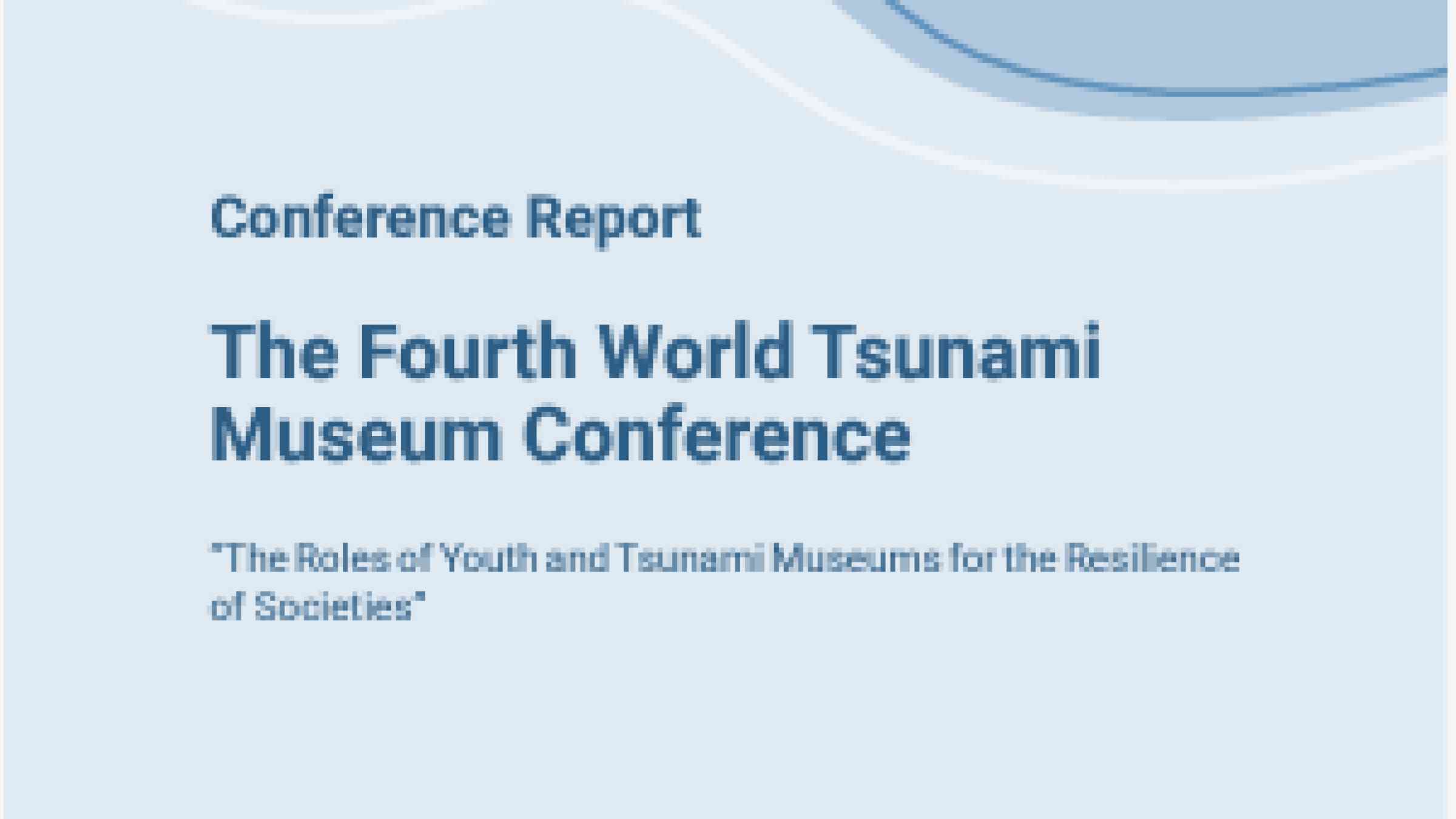Play and learn to stop disasters
Play and learn to stop disasters
Build your risk knowledge and strengthen your disaster preparedness with this serious game.
The game is currently available in Chinese, English, French, Russian and Spanish. If you want to translate the game, get in touch with us.
This online game teaches adults and children how to build safer villages and cities against disasters. Users learn through playing how the location and the construction materials of houses make a difference when disasters strike and how early warning systems, evacuation plans and education save lives.
The lessons learned from major disasters have emphasized the need of capacity development to reducing disaster risk. The Sendai Framework for Disaster Risk Reduction 2015-2030 (SFDRR) encourages improvements in how nations manage disaster information before, during, and after disasters occur, and highlights the importance of risk communication. Priority 1 of the Sendai Framework specifically emphasizes the need for policies and practices for disaster risk management to be founded on the understanding of disaster risk. To achieve this, the SFDRR proposes:
- incorporating disaster risk knowledge in formal and non-formal education, as well as in civic education at all lelves, as well as in professional education and training.
- building the knowledge of government officials at all levels, civil society, communities and volunteers, as well as the private sector, through training and education on disaster risk reduction.
At UNDRR, we envision a world where disasters no longer threaten the well-being of people and the future of the planet. Sustainable development and the 2030 Agenda cannot be achieved without working towards that goal of building resilience.
Share your plans and activities
We invite teachers and community leaders to share their lesson plans and activities that utilize the Stop Disasters game as part of their DRR education efforts. We are also eager to receive information or links to articles about successful DRR events for youth and children that you have organized in the past that use the Stop Disasters Game played a part in.
Learn about disasters
Why differentiate disasters from natural hazards?
It’s time to break the cycle of disaster > response > dependency > repeat. This means switching the focus from managing disasters to managing risk.
Bringing about that conceptual shift, not only within governments but across ‘all of society’, in the way we live, build, plan, and invest, is core to our work at UNDRR.
An essential step along this journey is acknowledging the fact that there is no such thing as a natural disaster. There are natural hazards that cannot be prevented, such as earthquakes, floods, droughts, and cyclones. But we can curb their destructive power—in other words, stop them turning into major disasters—through careful and coordinated planning that is designed to reduce people’s exposure and vulnerability to harm.
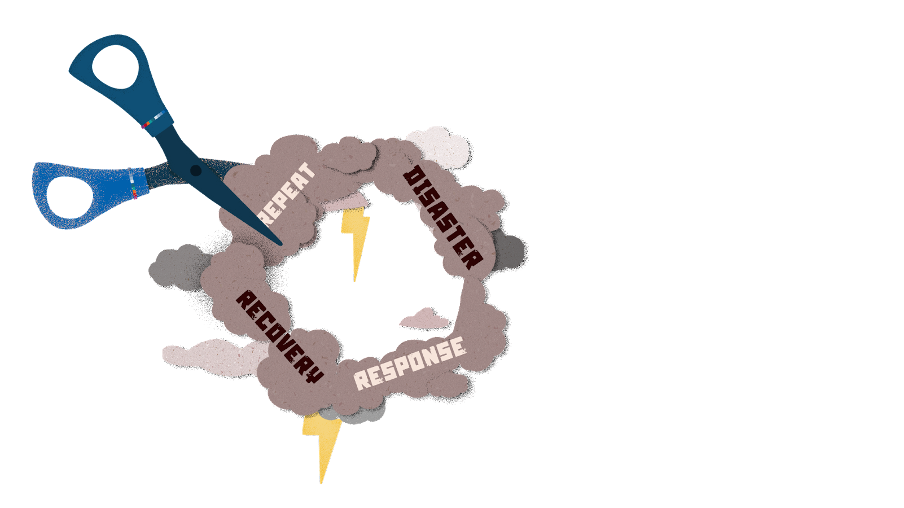
Why make an online game on disaster risk reduction?

The United Nations Office for Disaster Risk Reduction (UNDRR) has a big ambition: to help decision makers across the globe better understand and act on risk.
This simulation game involves five scenarios, requiring players to save lives by building upon an established community and providing defences and upgraded housing to prepare for an inevitable disaster. Each scenario can be played on easy, medium or hard difficulty levels, and takes between 10 and 20 minutes, depending on the disaster and your skill level.
The game can be used in classrooms composed of children 9-16 year old as well as in environments of higher learning. That way everyone will learn more about preventing disasters.
The game was initially released in March 2007 and received a technical refresh in 2019 and May 2024.
Understanding disaster risk:
foundational concepts and principles
Understand the concept of disaster risk, risk assessment, management strategies, and the importance of collaboration among stakeholders for effective disaster risk reduction.
International Day for Disaster Risk Reduction (IDDRR) 2024
‘Educate the next generation for a disaster-free future”
To achieve the goal of the Sendai Frameworkof reducing global disaster risks and losses, the theme of the International Day for Disaster Risk Reduction (IDDRR) 2024, which falls on 13 October, will be on the role of education in protecting and empowering children and youth for a disaster-free future. The theme is aligned with the upcoming Summit of the Future, planned for September 2024, which will focus on ‘youth and future generations’ as one of its five priorities.
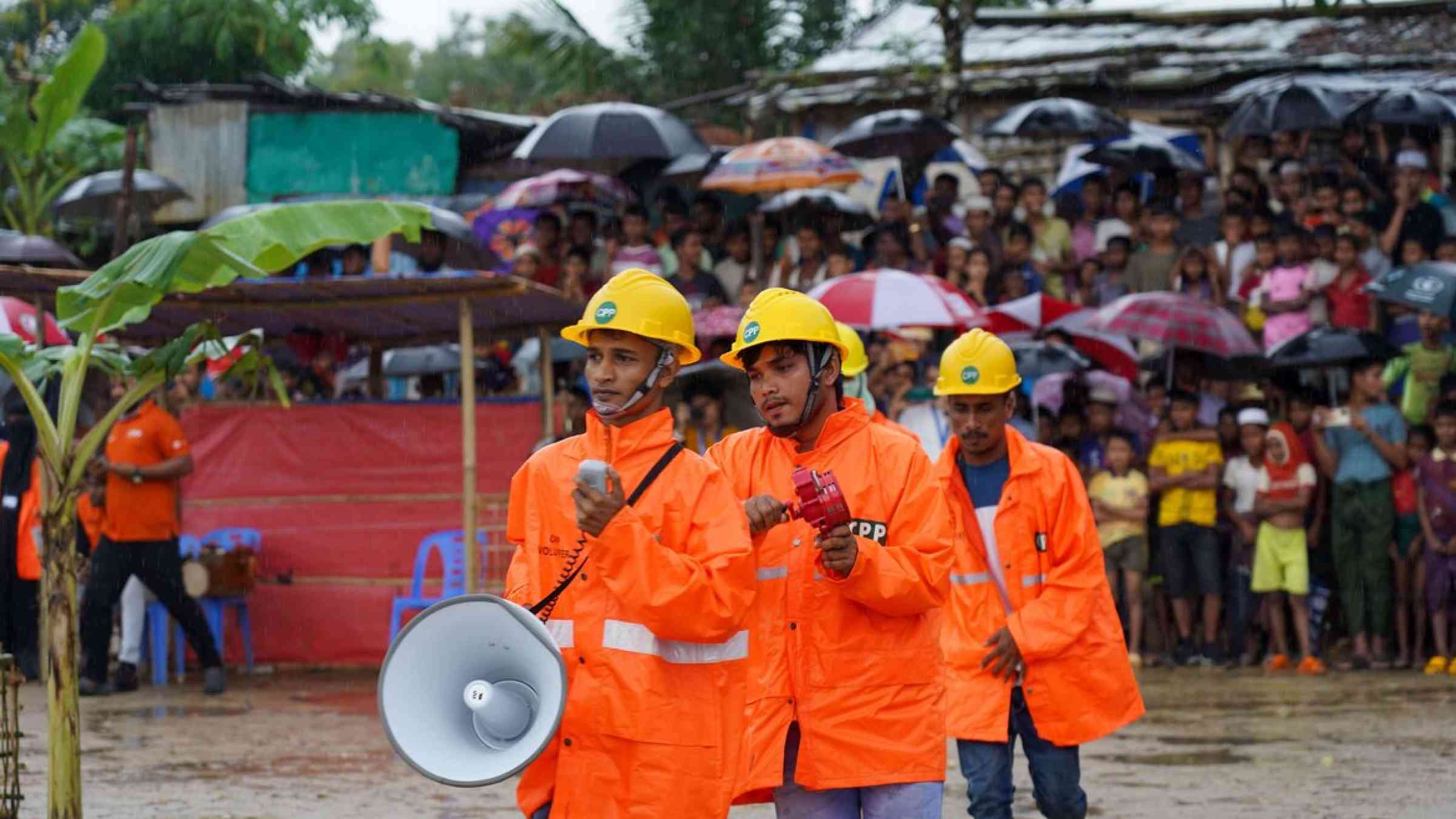
Stop Disasters in the classroom
Children and youth under age 30 currently make up more than half the world’s population. They are the ones who will benefit most from reducing the risk and impact of disasters, curtailing climate chaos and achieving the global Sustainable Development Goals (SDGs). Their contributions are already making a difference through more inclusive disaster risk reduction (DRR) and resilience-building policies, better prepared households, healthier children and youth and safer communities.
However more can, and must, be done to support and engage children and youth around the world in DRR.
Engaging with all children and youth as key stakeholders and contributors in turbulent times is complex, but vital. If we teach them from an early age about the risks posed by natural hazards, children will have a better chance to save their lives during disasters.
Moreover, children are the future architects, mayors, doctors, and parents of the world of tomorrow. If they know what to do to reduce the impact of disasters, they will create a safer world.
Disaster impacts on education
From 2000 to 2019, 7,348 major recorded disaster events claimed 1.23 million lives, affecting 4.2 billion people, resulting in approximately US$2.97 trillion in global economic losses.
UNDRR, 2020
Since 2020, climatic shocks have disrupted education for around 62 million crisis-affected children and adolescents in 27 countries; a figure likely to rise with the intensity and frequency of extreme weather events.
Education Cannot Wait, 2024
Investing in line with global averages in education, will bring the number of people projected to be living in extreme poverty in 2030, if disaster risk is unmitigated, from 119 to 80 million. Among 26 countries of the Asia-Pacific.
ESCAP, 2019
Tsunami
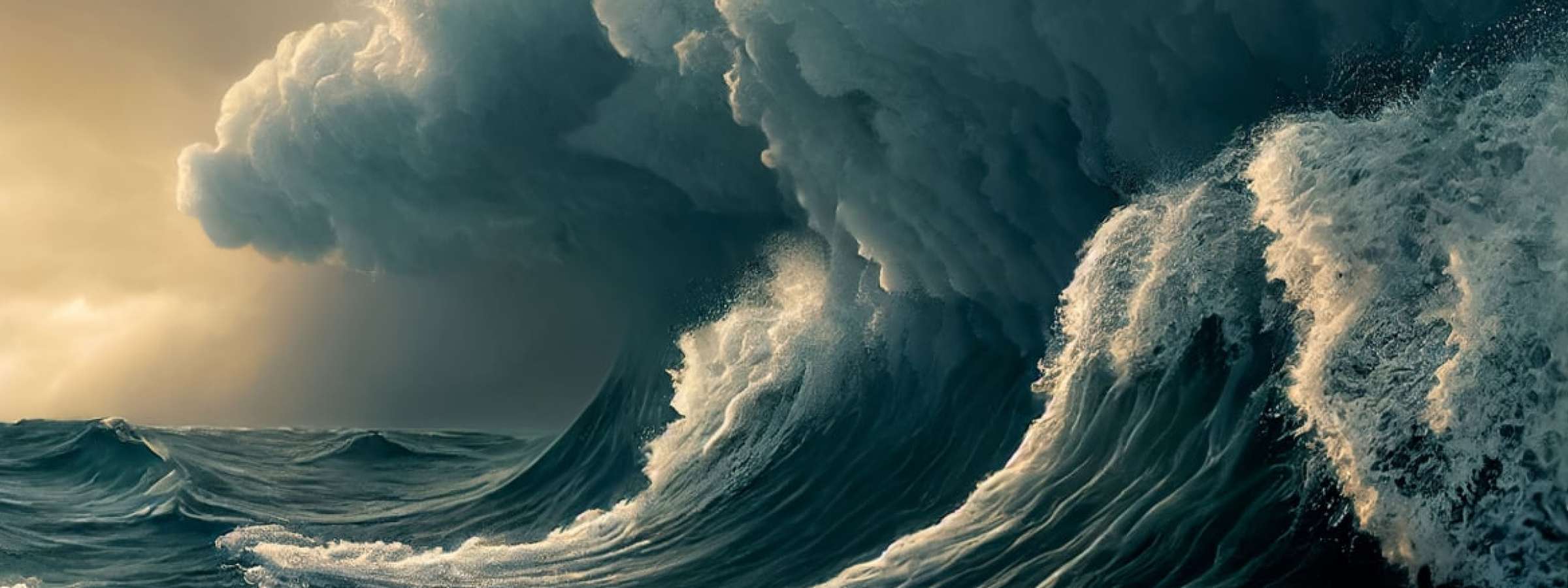
- Durie, the 'Tsunami' teacher, UNDP 2021
- Prepared with Pedro! Tsunami, ARC 2019
- Get up to high ground, UNDRR 2018
- Preparing for disasters: tsunami - A road to resilience in Southeast Asia, IFRC 2012
Hurricanes
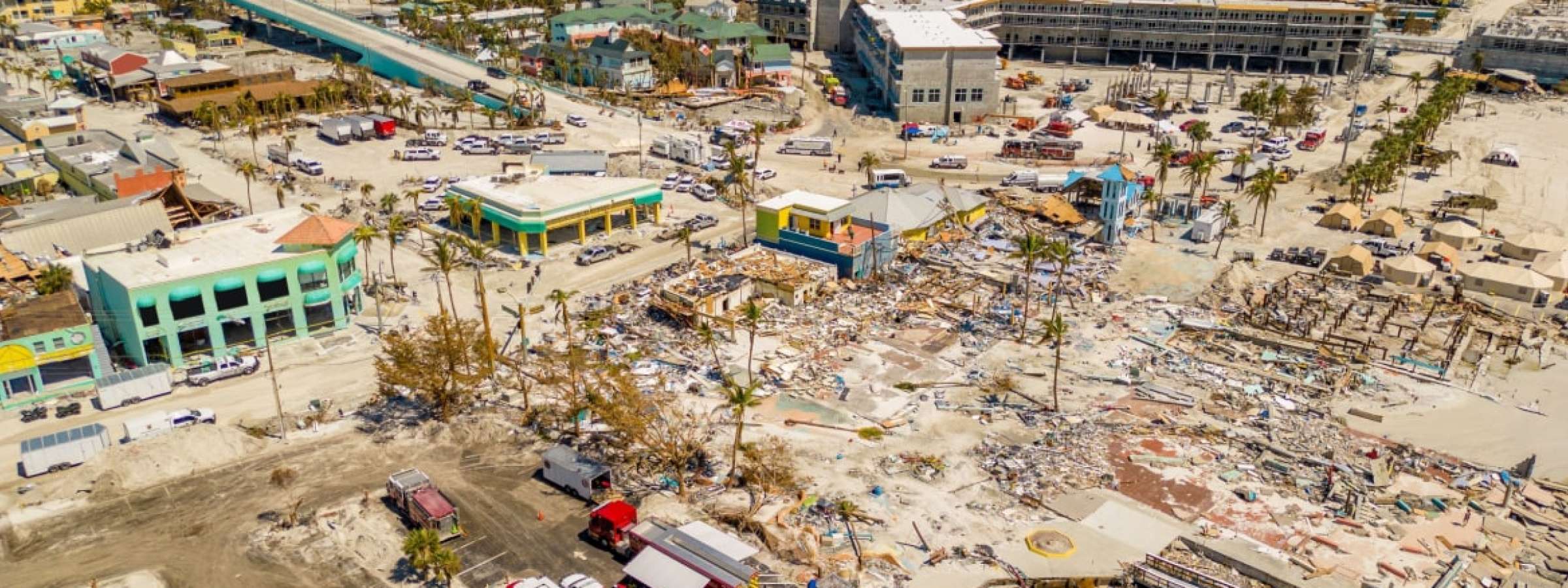
- Prepare with Pedro! Hurricane, ARC 2023
- Hurricane Watch, FRC 2021
- Cyclones, UNDRR 2018
- Preparing for disasters: typhoon and cyclones - A road to resilience in Southeast Asia, IFRC 2012
Wildfires
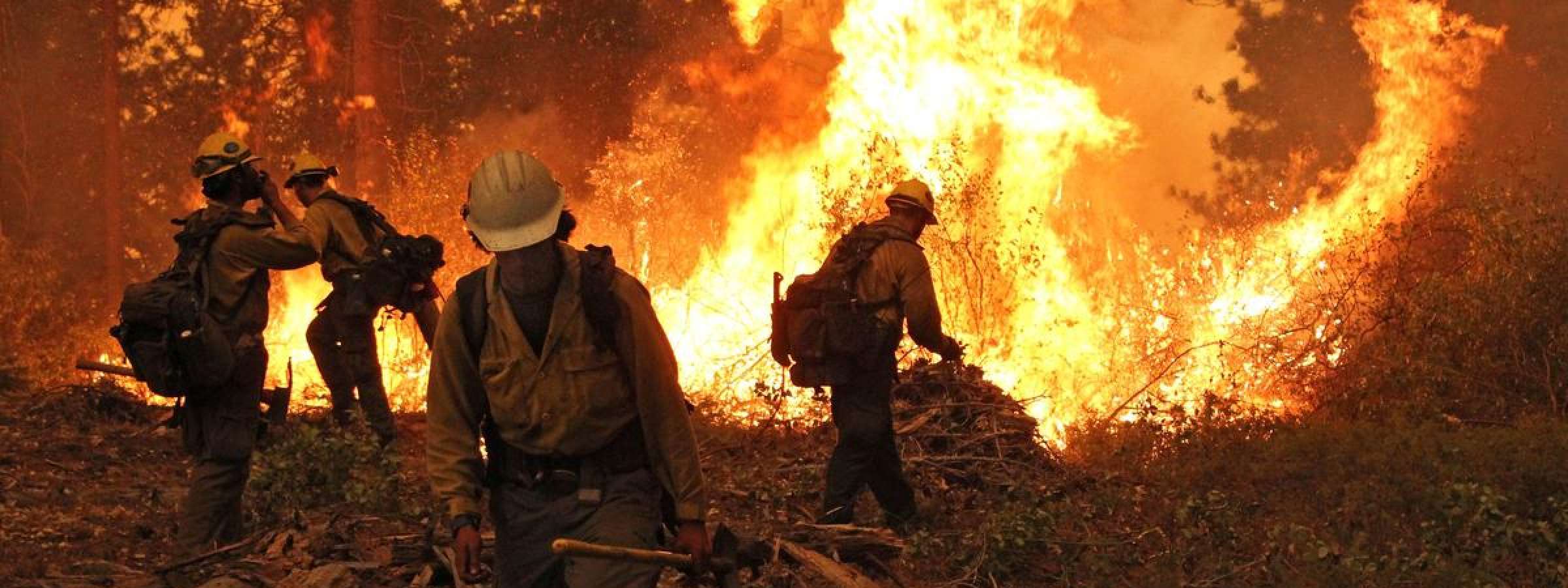
- Prepare with Pedro! Wildfires, ARC 2021
- Wildfires, COPE 2021
- Preparing for disasters: fire - A road to resilience in Southeast Asia, IFRC 2012
Earthquakes
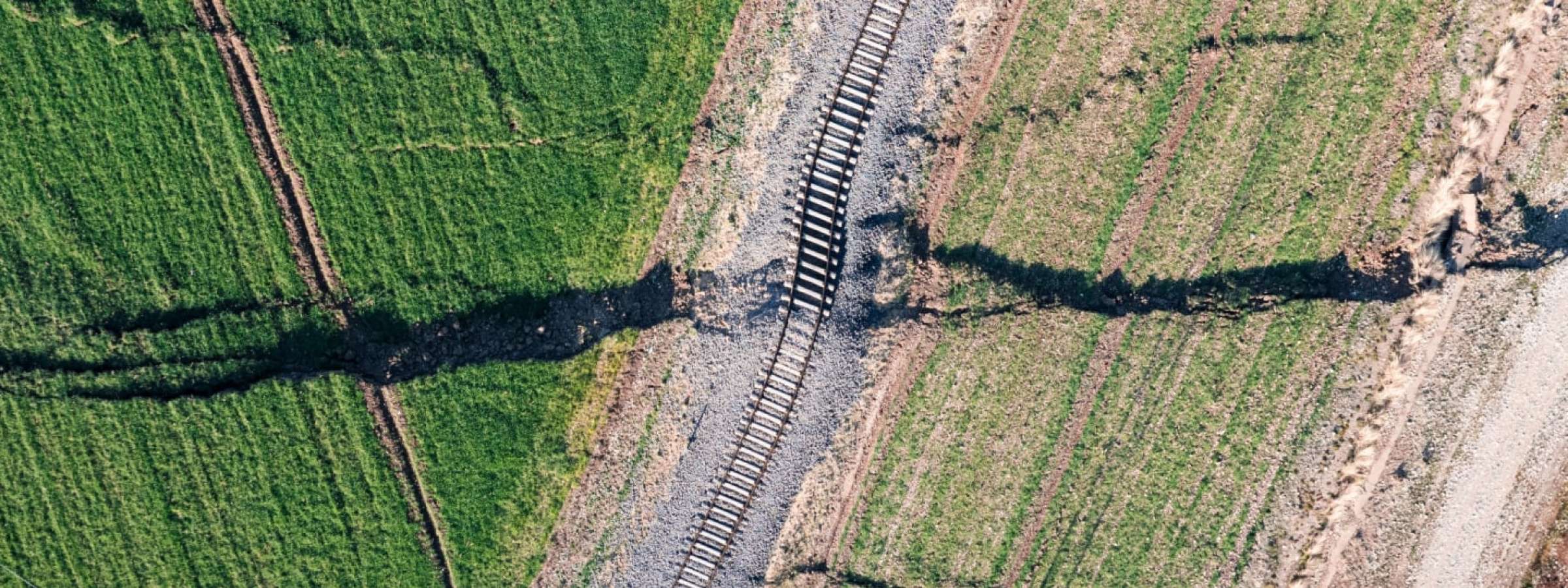
- Why does the ground shake, 2020
- Prepare with Pedro! Earthquake, American Red Cross 2019
- Earthquakes, COPE 2018
- Preparing for disasters: earthquakes - A road to resilience in Southeast Asia, IFRC 2012
Floods/storms
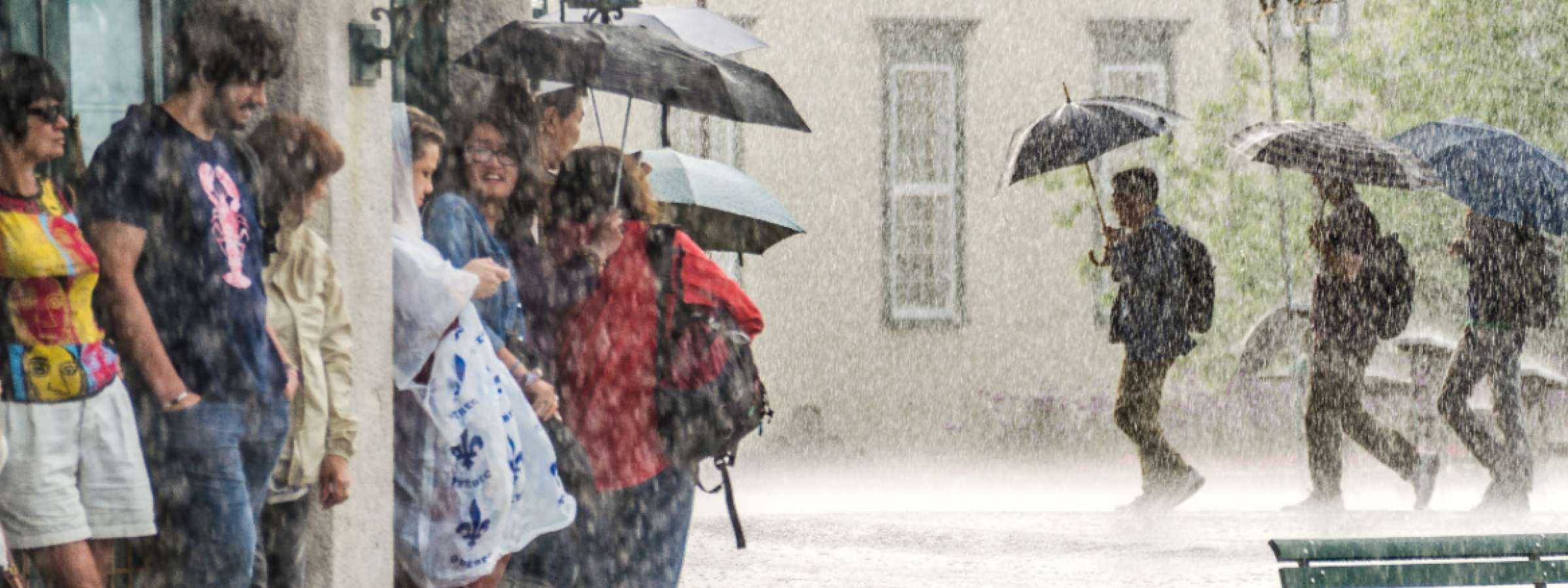
- Storm surges, COPE 2020
- Prepare with Pedro! Flood, American Red Cross 2019
- MyCoast New South Wales study: Teachers study guide, USW 2019
- Floods, UNDRR 2018
- Preparing for disasters: flood - A road to resilience in Southeast Asia, IFRC 2012
Other hazards
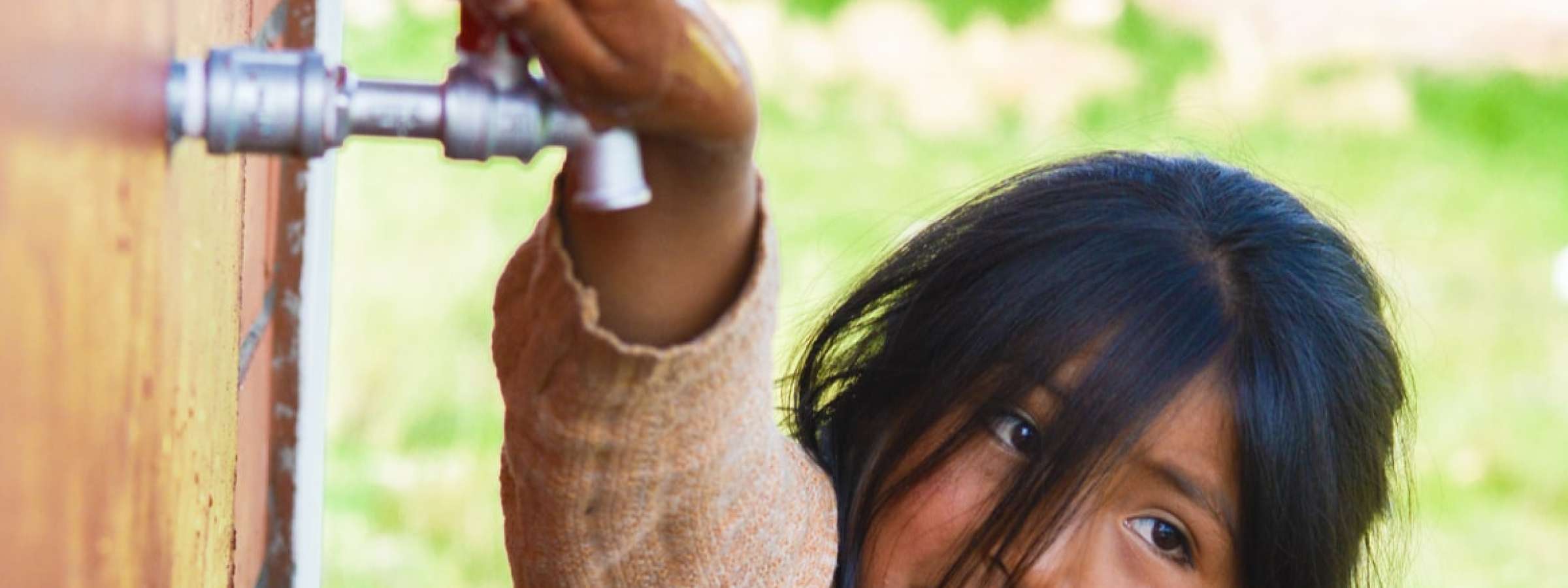
- Prepare with Pedro! Heatwave, American Red Cross 2022
- Landslides, COPE 2021
- Preparing for disasters: drought - A road to resilience to Southeast Asia, IFRC 2012
- The Pacific adventures of the Climate Crab tool kit, 2016
Latest publications
The tallest tsunami wave ever wasn't the deadliest
Tsunamis are only devastating if people and their livelihoods get in the way, as suggested by the largest tsunami ever recorded which only killed five people.
In fact, the largest tsunami wave ever recorded broke on a cool July night in 1958 and only claimed five lives. A 1,720 foot tsunami towered over Lituya Bay, a quiet fjord in Alaska, after an earthquake rumbled 13 miles away.
This massive tremor triggered around 30.6 million cubic meters of rock to fall 3,000 feet into the Lituya Glacier, causing a torrent of displaced water to rear up and form a monstrous wave which, miraculously, only killed five people.
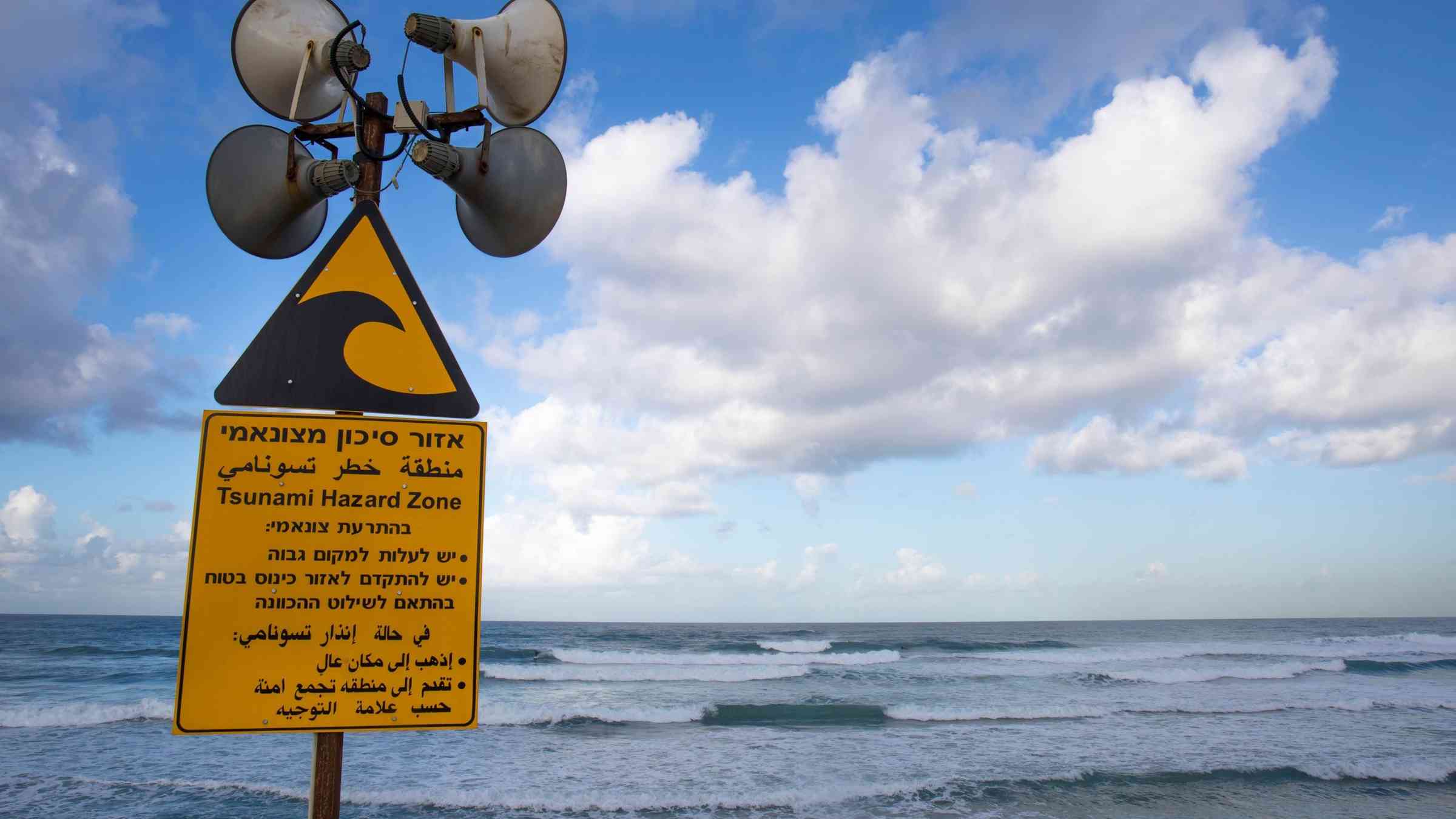
Videos
Japan is using Augmented Reality to teach children the dangers of flash floods
How young children are preparing for tsunami risk in the Mediterranean Region
An immersive Virtual Reality experience teaches students about bushfire safety
To prepare and reduce its risk, Tonga is organizing large evacuation drills
Related content


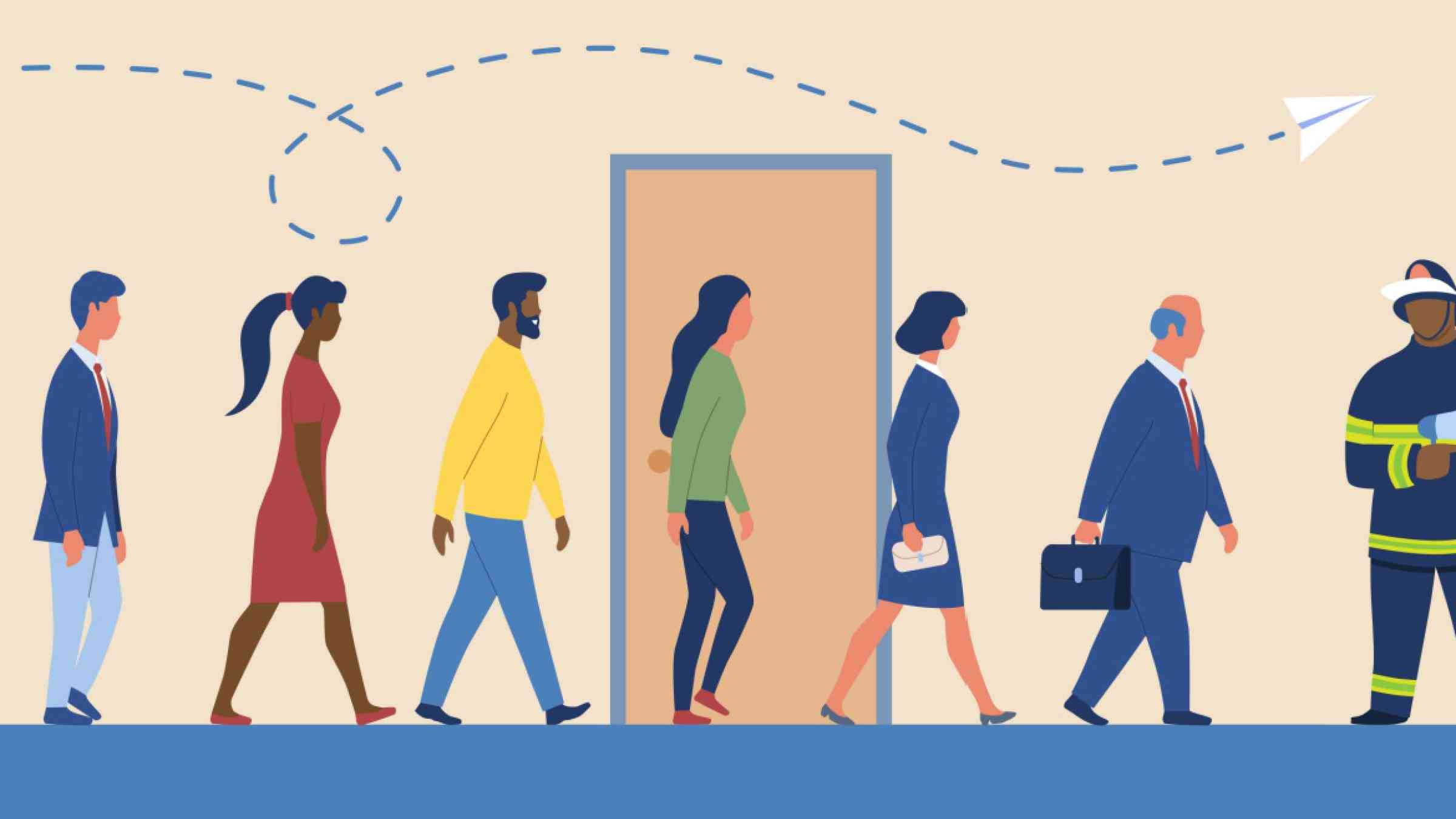

Get involved
We welcome interest in contributing to the UNDRR Stop Disasters game. Some ways to get involved:
- Contribute scenarios by researching disasters and their impacts across different regions worldwide. Conceptualize detailed scenarios, considering factors like geography, demographics, and infrastructure vulnerability.
- Suggestions for enhancing the game's mechanics, educational value, or user experience, whether it's offering feedback on gameplay dynamics or suggesting improvements to educational content.
- Translations of the game: Volunteers can offer translations of game content, instructions, and educational materials into languages spoken in disaster-prone regions, ensuring that a diverse audience can benefit from the game's educational resources. By actively participating in the development and localization process of the UNDRR Stop Disasters web game, individuals can contribute towards building a more resilient global community equipped to mitigate the impacts of natural disasters.
To start the conversation or learn more: contact us.
Game credits
Many experts and organisations participated in the contents and the making of this game. UNDRR secretariat would like to thank particularly:
- Ana Trehoan, expert on education.
- Charles Kelly, Disaster Management Expert for the flood and hurricane scenario.
- Johann G. Goldammer, from the Global Fire Monitoring Center (GFMC),
Fire Ecology Research Group, Freiburg University / United Nations University (UNU) Freiburg GERMANY for the wildfire scenario - Scott Kiser, and Dennis Feltgen, National Weather Service, Tropical Cyclone Program Leader for the hurricane scenario
- Laura S. L. Kong, Director, UNESCO/IOC International Tsunami Information Centre, Honolulu, for the tsunami scenario
- Melanie Ashby, from the Emergency Management Australia
for the wildfire scenario and the pilot testing - Terry Jeggle and many other UNDRR colleagues for their constant help, support and useful remarks
- Many organizations, which supported the initiative from the beginning such as:
- M. Rimjhim from Southern Eastern Efforts Developing Sustainable Spaces, India
- The International Federation of Red cross and Red Crescent Societies
Action Aid, - The United States Agency for International Development ,
- The United Nations Educational, Scientific and Cultural Organisation,
- The Center for Research on the Epidemiology of Disasters,
- Jacques Faye, from the French Ministry of Ecology and sustainable development
- With thanks to the following people for the use of their photographs: Kevin Conners, Michelle Kwajafa, Carlos and Leah.
- And last but not least Playerthree, in particular Pete Everett and David Streek.
